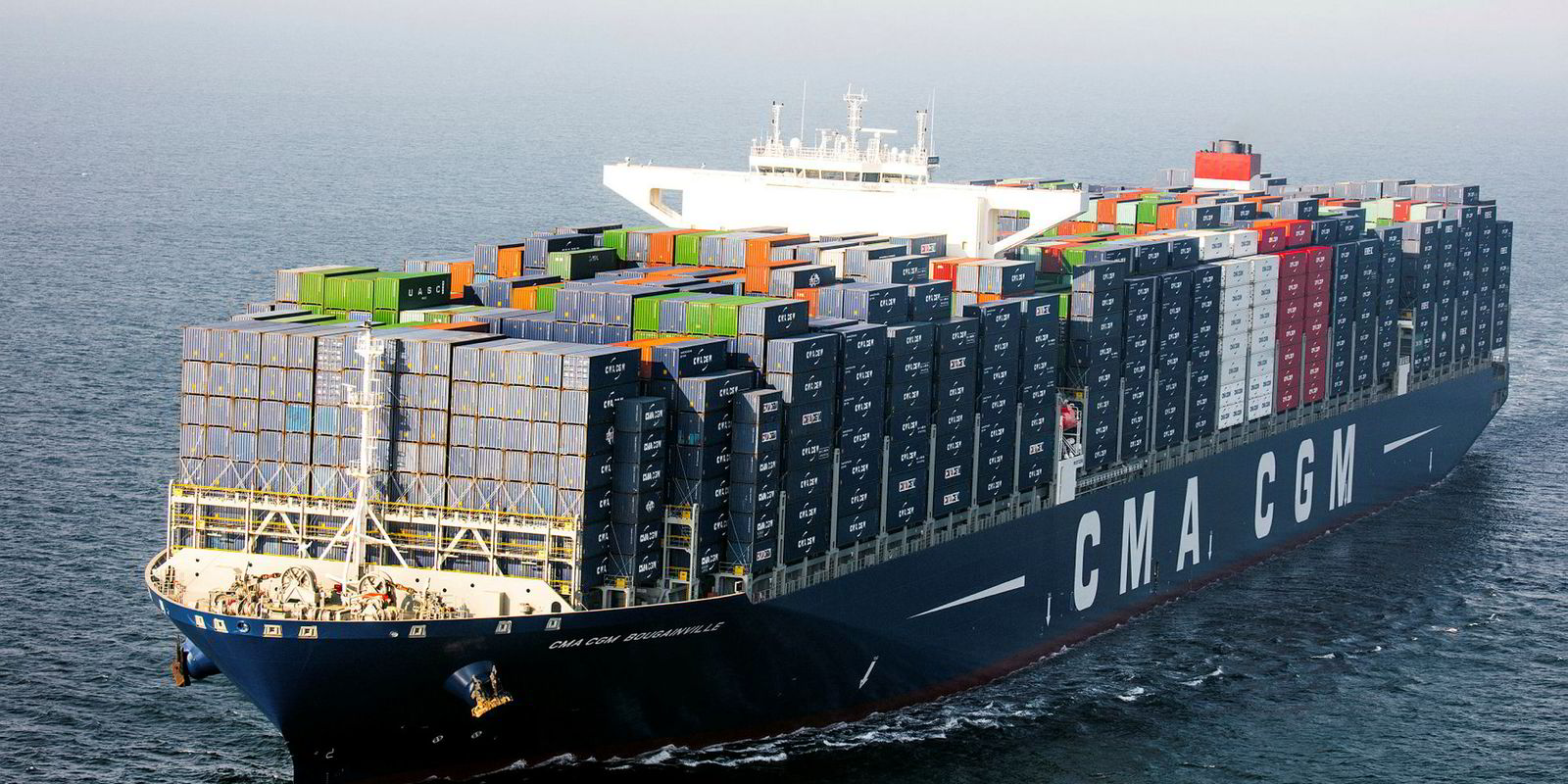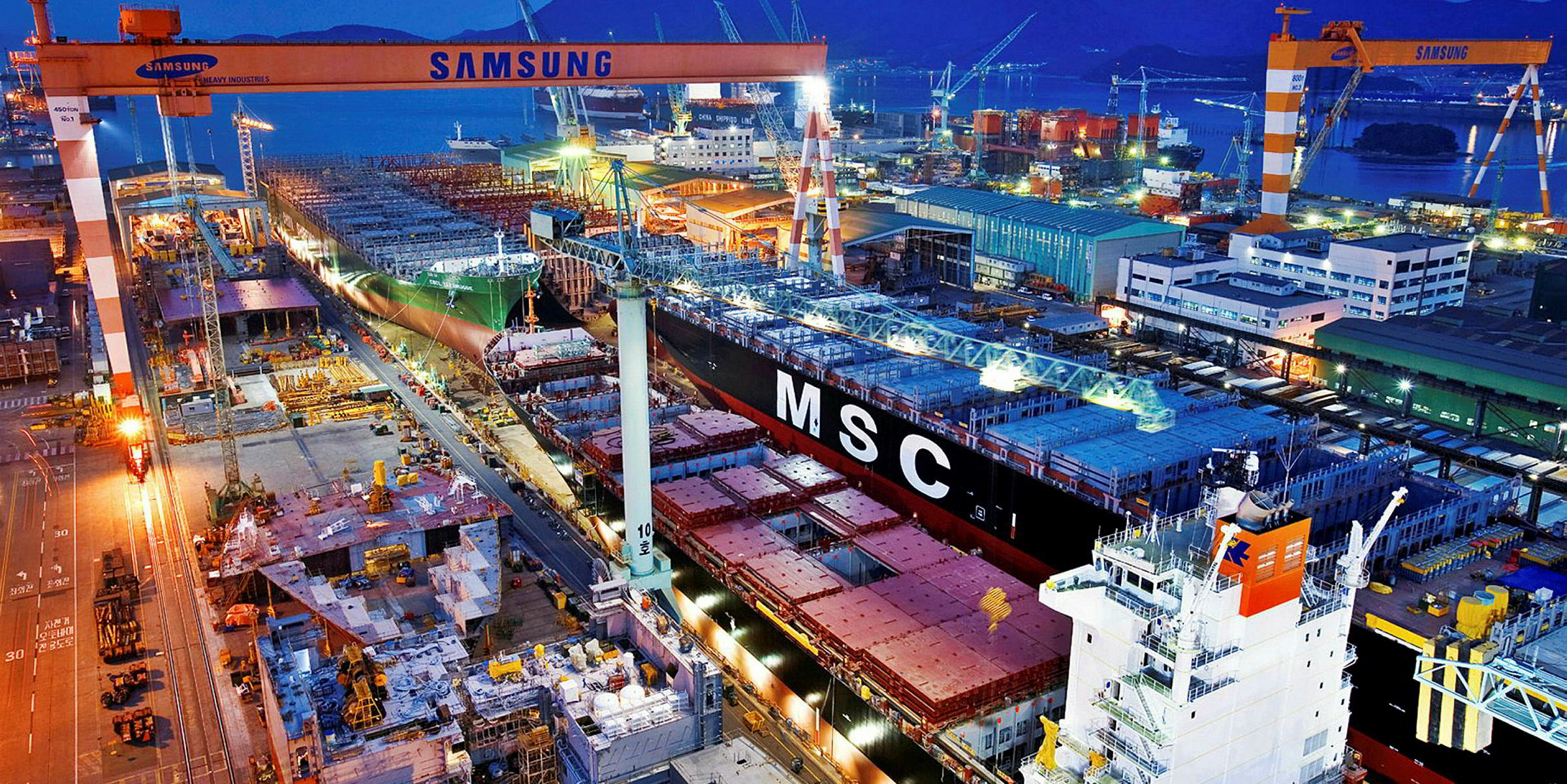There is still potential for container lines to order more "big beasts" of shipping, according to Clarksons Research.
Writing on the firm's website, analyst Trevor Crowe said mega-ships of more than 20,000 teu are "unequally spread" across carriers.
This means "order potential at the top end still exists, but it may for now be limited to a few projects per annum," he added.
Crowe said that 10 years ago, 8,000-teu ships were considered "big beasts".
These vessels and others of up to 12,000 teu are now considered "workhorses", while 15,000-teu units have a wider appeal, he added.
"As liner companies have sought economies of scale, so the largest ship class has grown in size," Crowe said.
A growing part of the fleet
Ships of more than 15,000 teu hit the water in numbers in the 2010s, and today number 132, ranging up to the very largest ‘mega-ships’ over 20,000 teu in size, and account for 11% of capacity, he added.
During 2018, vessels of 8,000 teu and up constituted more than 50% of boxship fleet capacity for the first time.
"If one adds the orderbook to today’s fleet capacity that share rises to 55%," Crowe said.
"The days of the 18,000-teu mega-ship seem to have passed already and today’s serious players at the top end are looking at 22,000-teu-plus plus for the Far East-Europe trade; there are now 48 units in the fleet over 20,000 teu and 34 on order."




